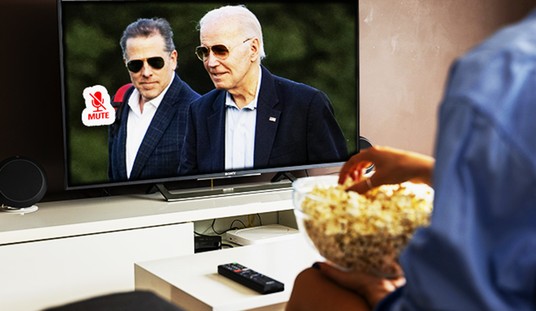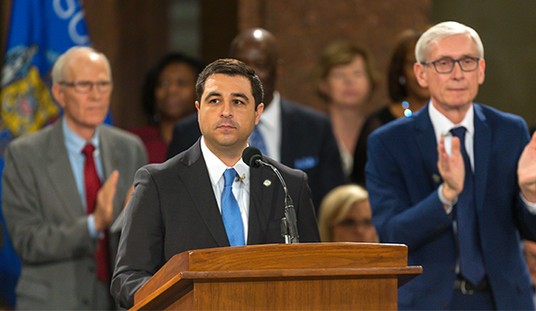Who is the largest single political contributor in the 2010 campaign cycle? You can be pardoned if you answer, erroneously, that it's some new conservative group organized by Karl Rove. That's campaign spin by the Obama Democrats, obediently relayed by certain elements of the so-called mainstream media.
The real answer is AFSCME, the American Federation of State, County and Municipal Employees. The union's president, Gerald McEntee, reports proudly that AFSCME will be contributing $87,500,000 in this cycle, entirely or almost entirely to Democrats. "We're spending big," he told The Wall Street Journal. "And we're damn happy it's big."
The mainstream press hasn't shown much interest in reporting on unions' campaign spending, which amounted to some $400,000,000 in the 2008 cycle. And it hasn't seen fit to run long investigative stories on why public employee unions -- the large majority of whom work for state and local governments -- contribute so much more to campaigns for federal office.
Nor has it denounced the Supreme Court's decision last January in Citizens United allowing unions to spend members' dues on politics without their permission and without disclosure.
AFSCME's number one status is emblematic of a change in the union movement over the years. Before public employee unions won the right to represent employees in New York City in 1958 and federal employees in 1962, almost all union members worked in the private sector.
But unions today represent only 7 percent of private-sector workers, and in 2009, for the first time in history, most union members were public employees.
This would not have gone down well with President Franklin Roosevelt. "The process of collective bargaining, as usually understood, cannot be transplanted into the public service," he said in the 1930s. A public employee strike, he said, "looking toward the paralysis of government by those who have sworn to support it, is unthinkable and intolerable."
Recommended
It still is at the federal level, thanks to presidents of both parties and especially to Ronald Reagan's firing of the striking air traffic controllers in 1981. But successful strikes in many states and cities have given public employee unions huge clout and hugely generous salaries, benefits and pensions.
Even more important is the political reality that, as New York union leader Victor Gotbaum said in 1975, "We have the ability, in a sense, to elect our own boss."
The anomalies don't end there. Public employees' union dues and contributions to union PACs come directly from taxpayers. So if you live in a state or city with strong public employee unions, you are paying a tax that goes to elect Democratic candidates (plus, perhaps, a few malleable Republicans).
The problem is that, as Roosevelt understood, public employee unions' interests are directly the opposite of those of taxpayers. Public employee unions want government to be more expensive and government employees to be less accountable.
Yes, some union leaders, like the late Albert Shanker of the American Federation of Teachers, have been concerned about the quality of public services. But they have been the exception rather than the rule.
Public employee unions have collected big-time from the Obama Democrats. The February 2009 stimulus package contained $160 billion in aid to state and local governments. This was intended to, and did, insulate public employee union members from the ravages of the recession that afflicted those unfortunate enough to make their livings in the private sector.
How it benefited the society as a whole is less clear. State governments in California, Illinois, New York and New Jersey are facing enormous budget deficits and much, much greater pension liabilities. Much of the life of their private-sector economies has been sucked out by the public employee unions, with a resulting flight of middle-income citizens unable or unwilling to bear such burdens.
New Jersey Gov. Chris Christie, elected in 2009, has become a kind of folk hero for his defiance of the state's teacher unions, which expect 4 percent raises in years of no growth or inflation and balk at having members pay any share of health insurance premiums.
Public employee union members have become, as U.S. News and World Report Editor Mortimer Zuckerman writes, "the new privileged class," with better pay, more generous benefits and far more lush pensions than those who pay their salaries -- and who are taxed to send money to their leaders' favored candidates.
Franklin Roosevelt thought public sector unions were a lousy idea. Do you?

























Join the conversation as a VIP Member